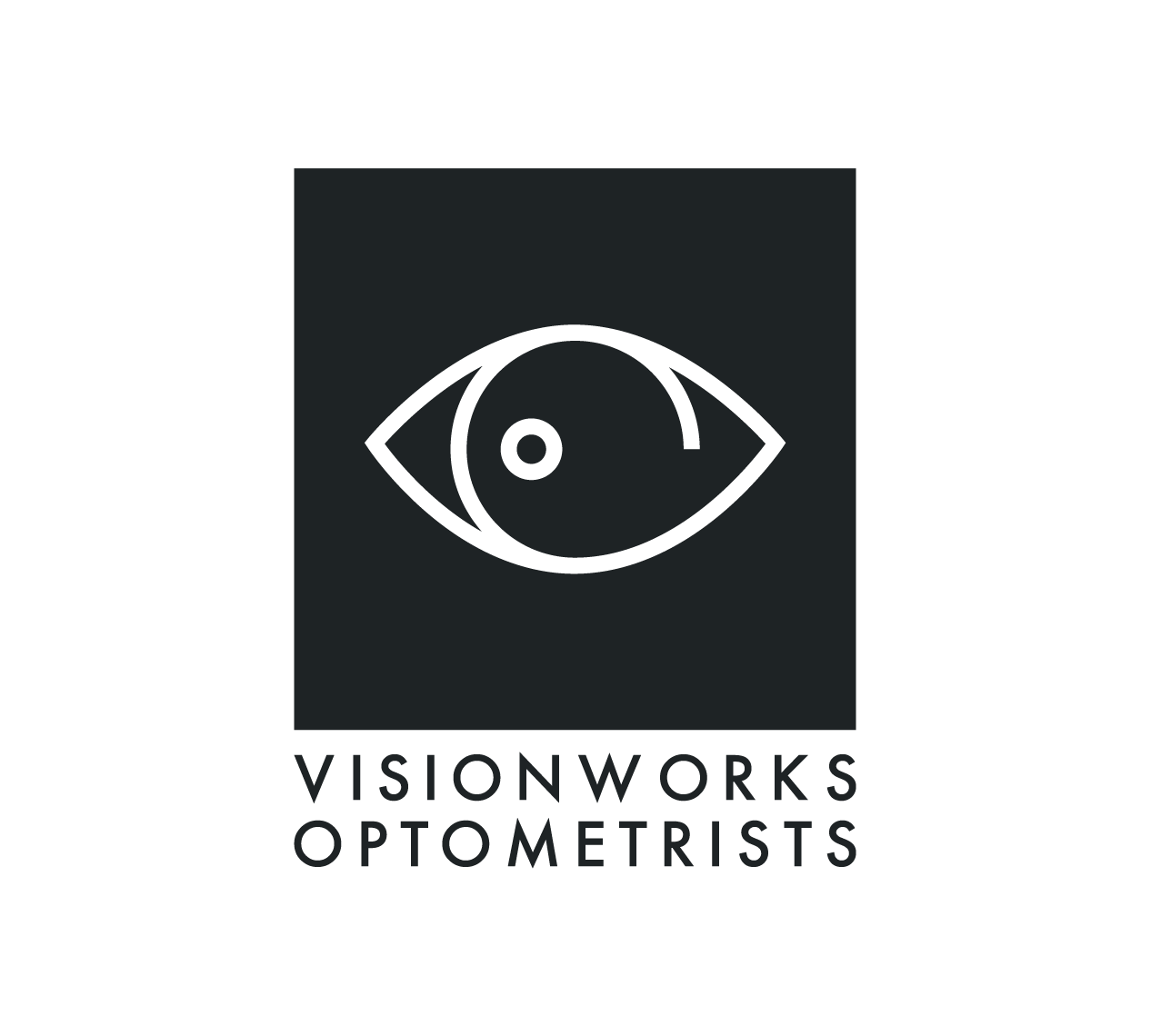Image: Corneal Topography of an eye with Keratoconus
What is Keratoconus?
Keratoconus is an eye condition where the cornea—the clear, dome-shaped front surface of the eye—becomes thin and bulges outward into a cone shape. This causes a distortion on how light enters the eye, leading to blurred or “ghosted” vision. The condition often begins in the late teens or early twenties and can progress for 10–20 years before stabilising. It usually affects both eyes, though one may be worse than the other.
Symptoms
Mild blurring or distortion of vision
Increased sensitivity to light and glare
Frequent changes in prescriptions
Vision becomes more distorted as condition progresses
Straight lines may appear bent or wavy
Causes and Risk Factors
Genetics: About 1 in 10 people with keratoconus have a family member with the condition.
Eye rubbing: Vigorous eye rubbing can damage the cornea and accelerate progression.
Associated conditions: Allergies, asthma, Down syndrome, and connective tissue disorders like Marfan or Ehlers-Danlos syndrome.
Treatment Options
Annual observation with Corneal Topography in the very early stages
Spectacle or soft contact lenses for mild cases
Rigid gas-permeable (RGP) or scleral lenses for moderate to advanced cases
Corneal collagen cross-linking
Corneal transplant for severe cases with scarring or extreme thinning
Living with Keratoconus
Avoid eye rubbing—it’s the most significant preventable risk factor
Manage allergies to reduce itching sensation
Wear UV-protective sunglasses outdoors
Maintain good eye health with a diet rich in antioxidants and omega-3 fatty acids
Regular eye exams to monitor changes and update prescriptions


